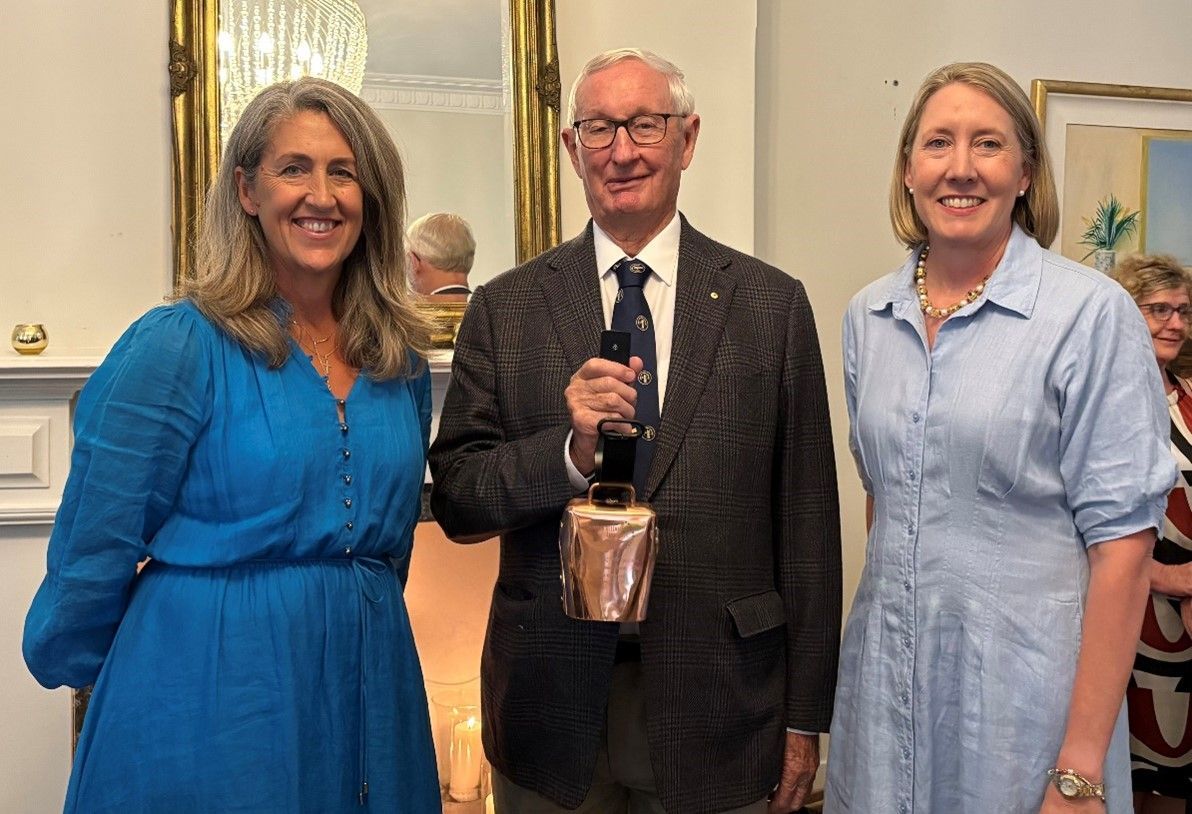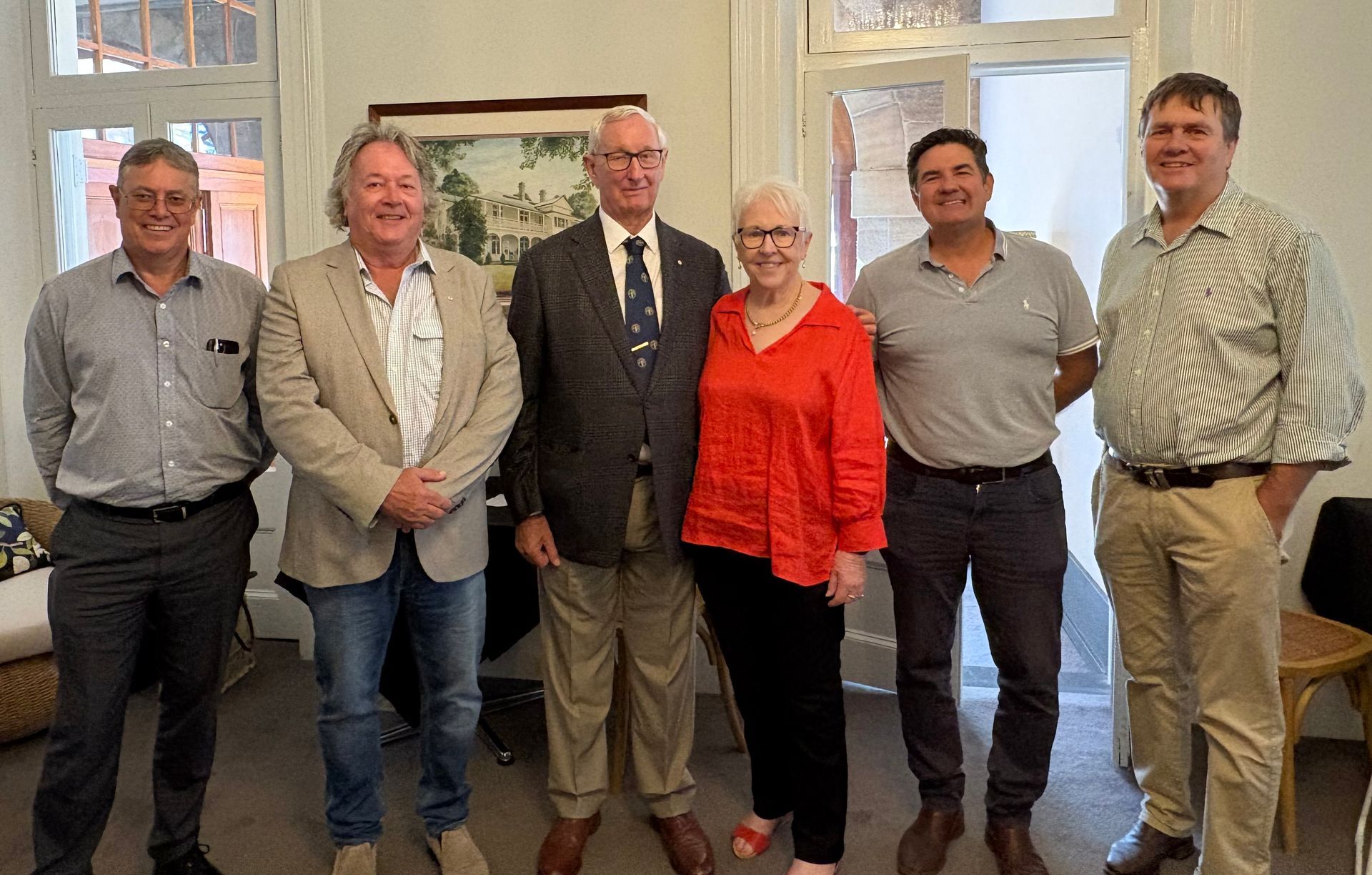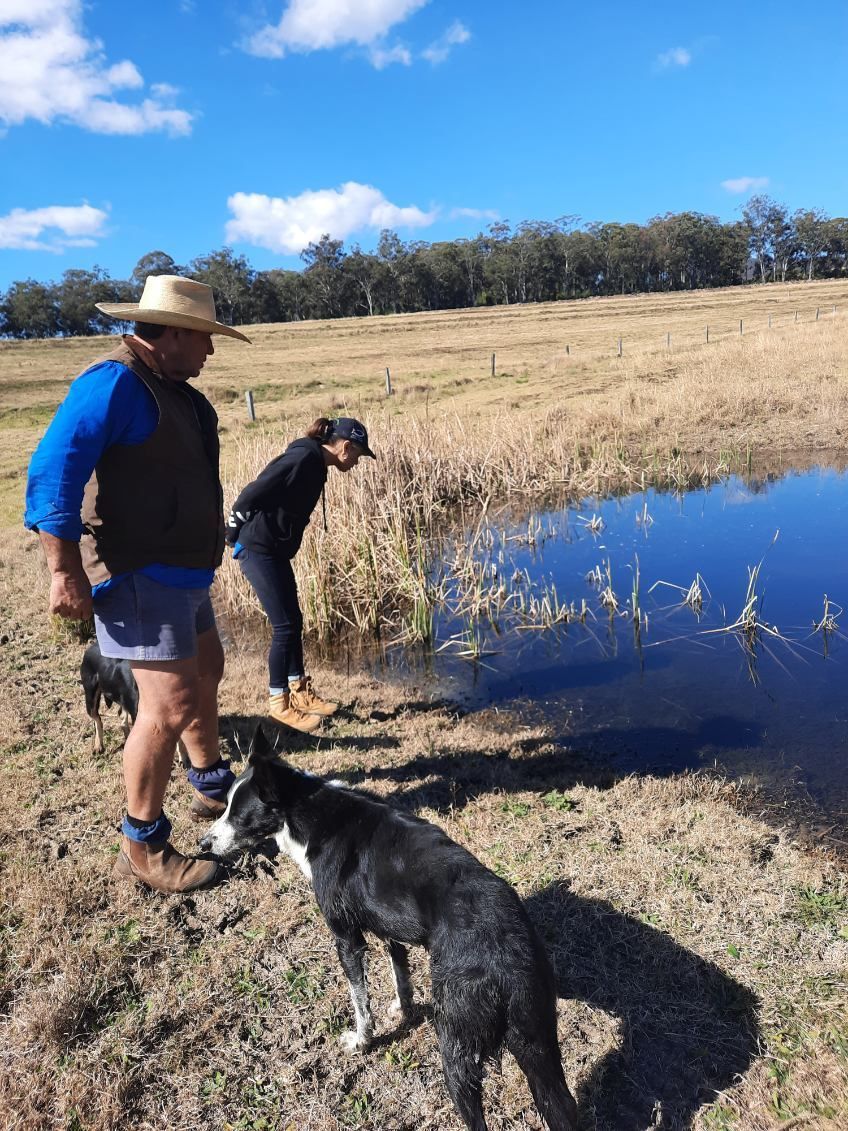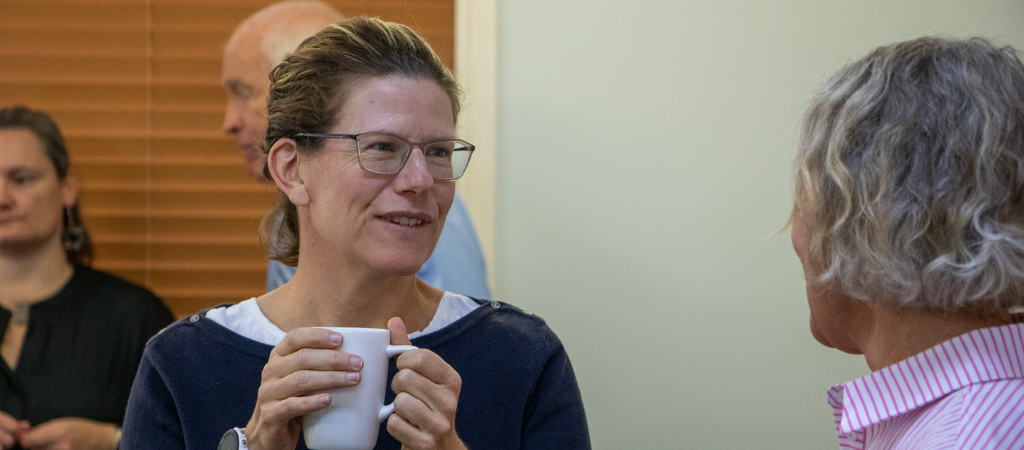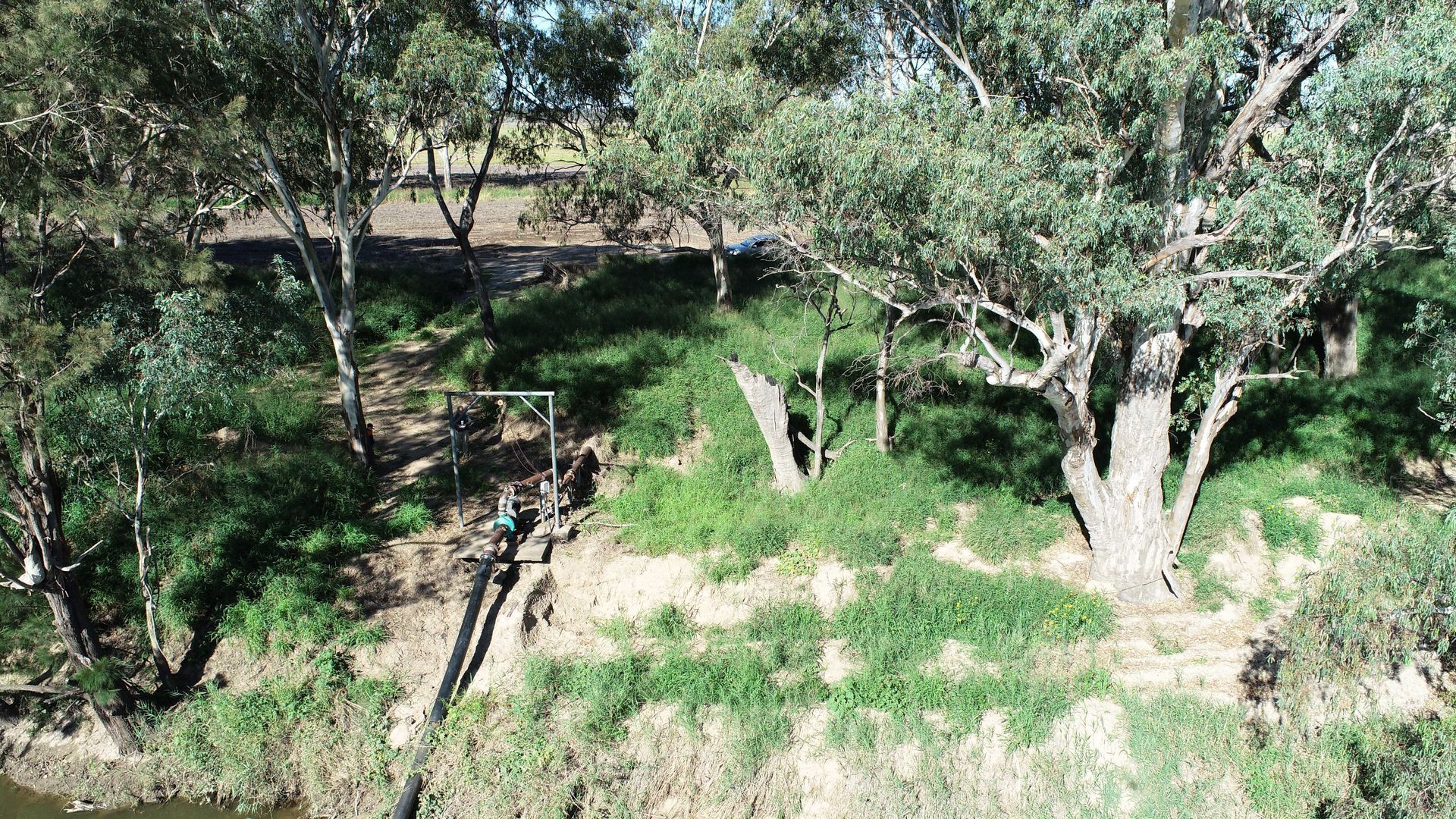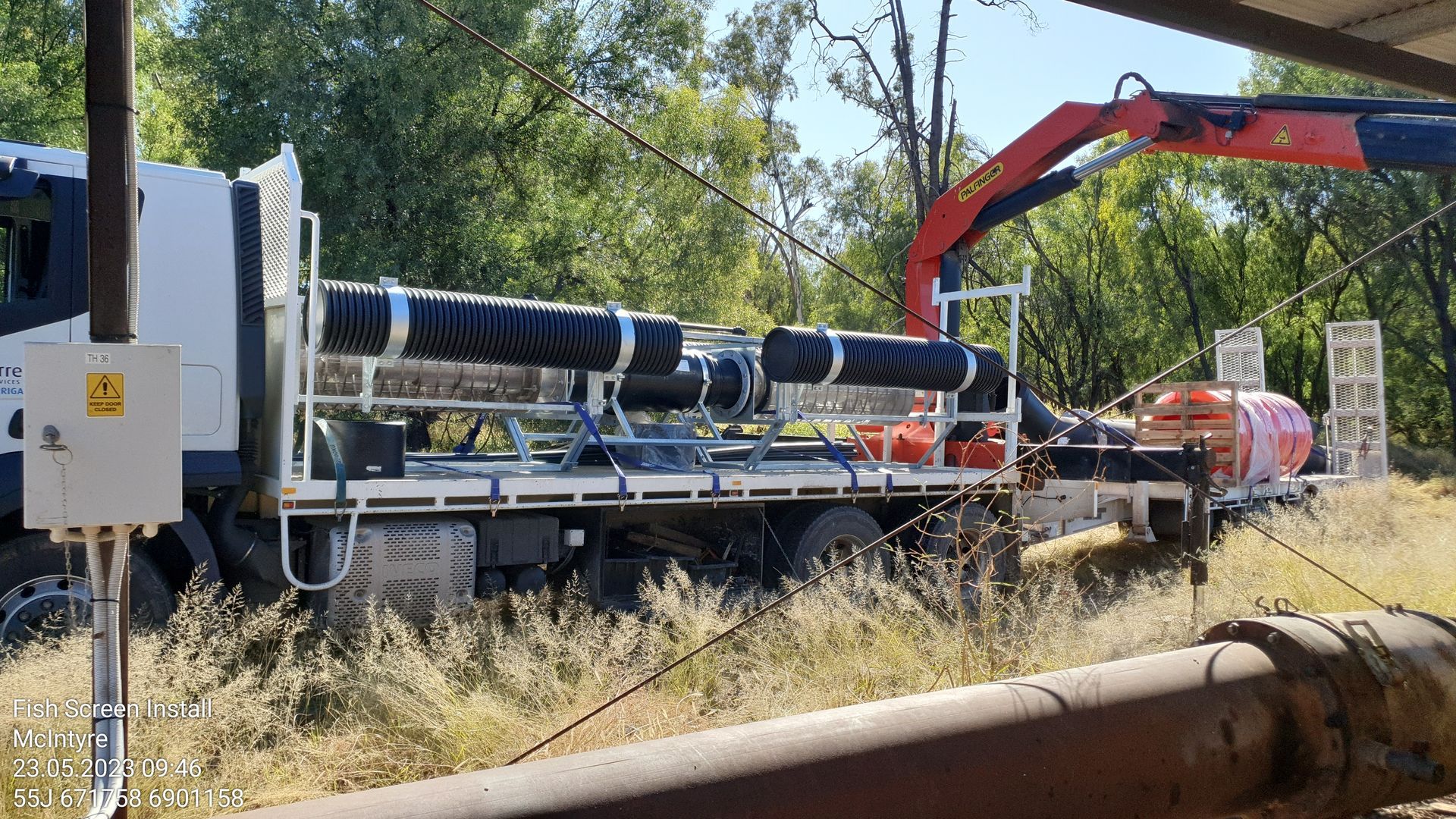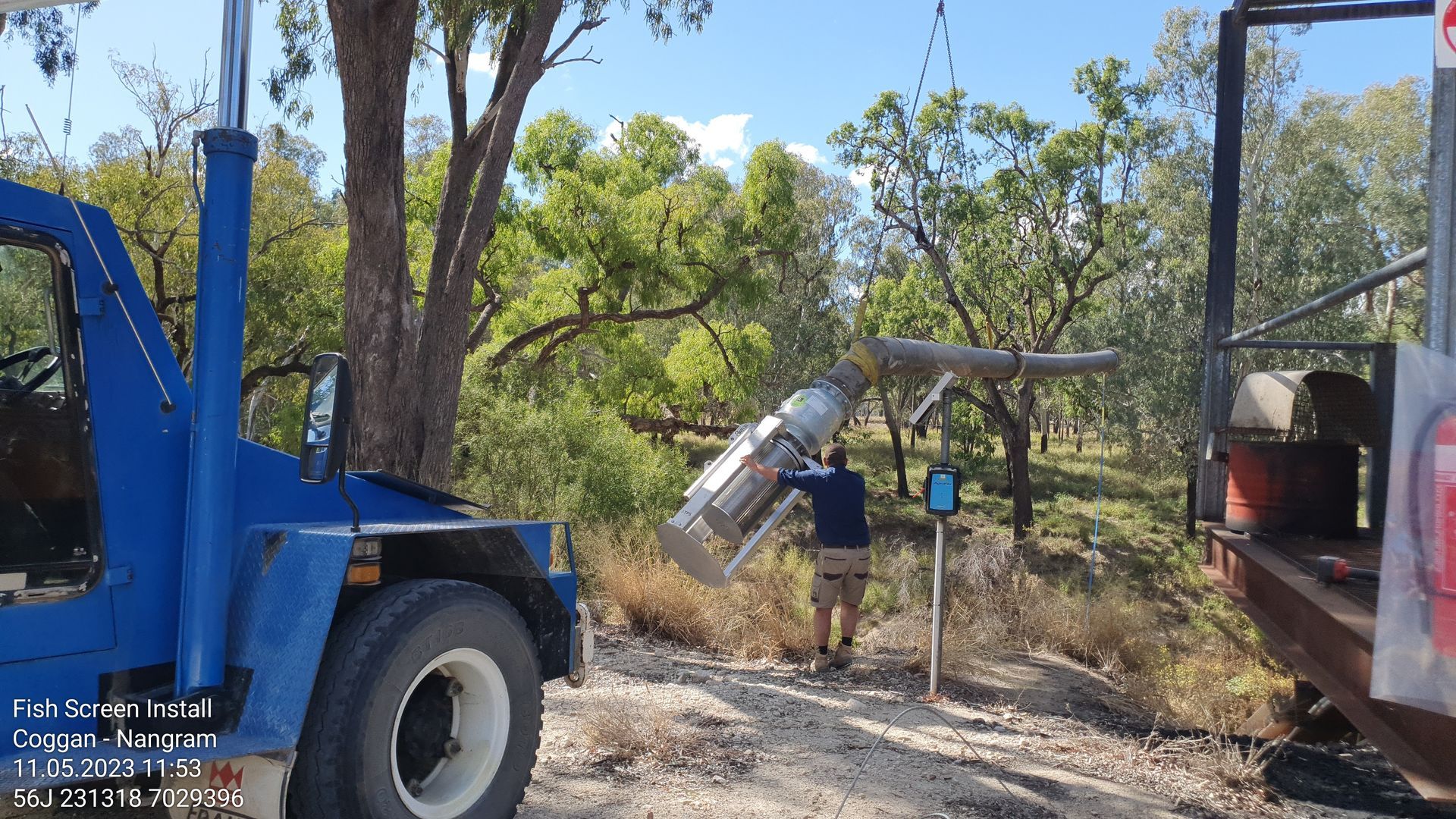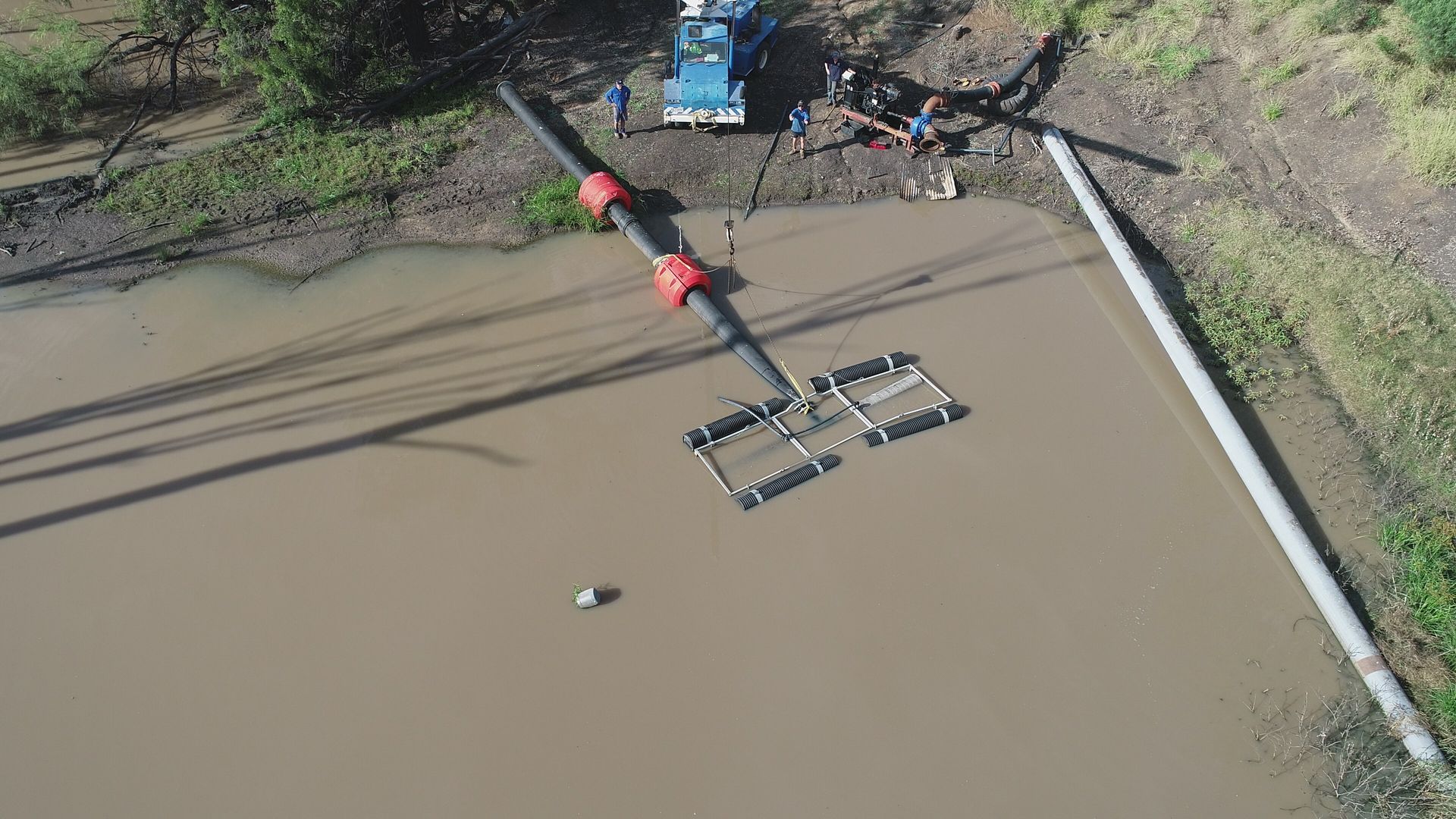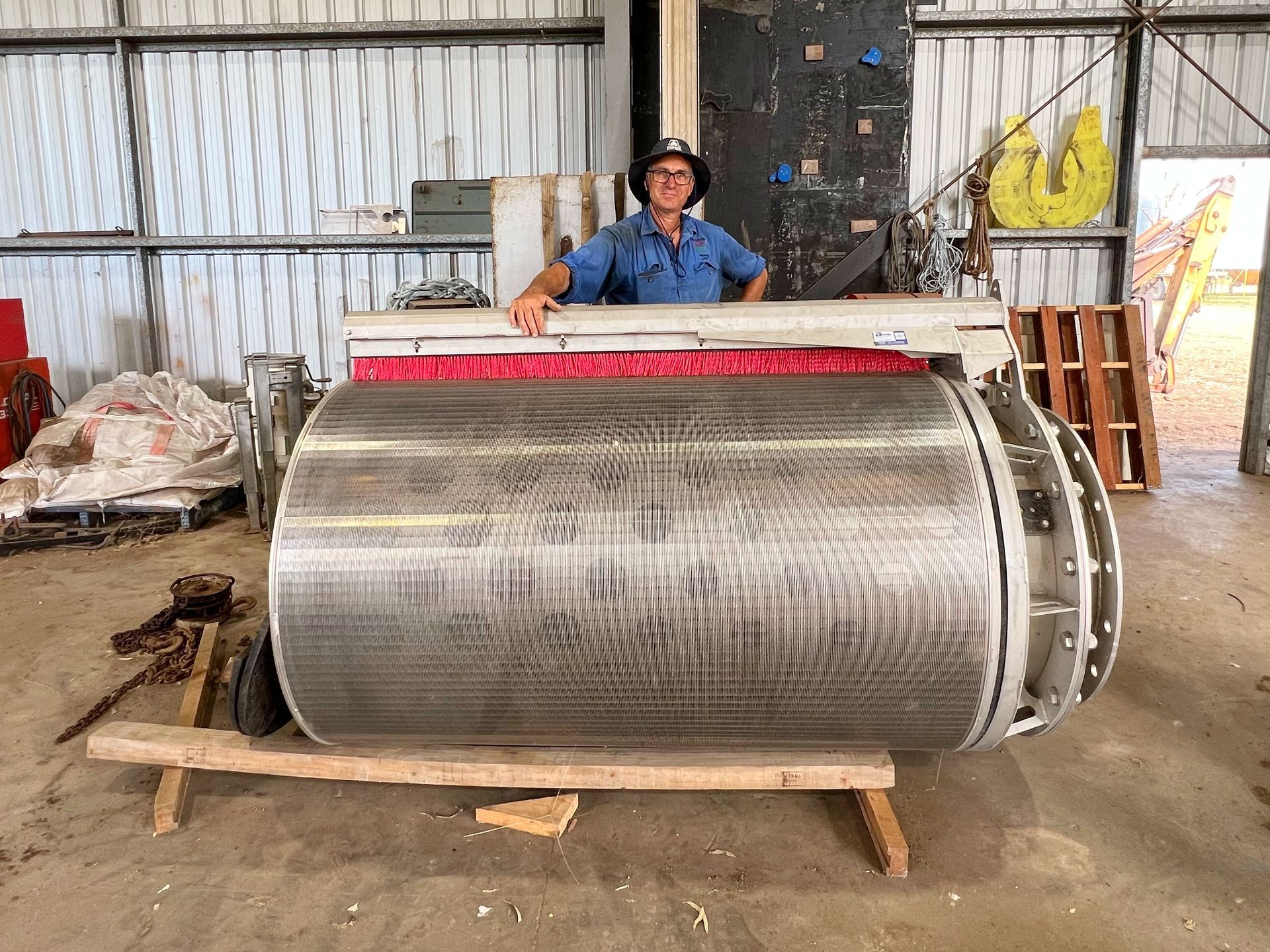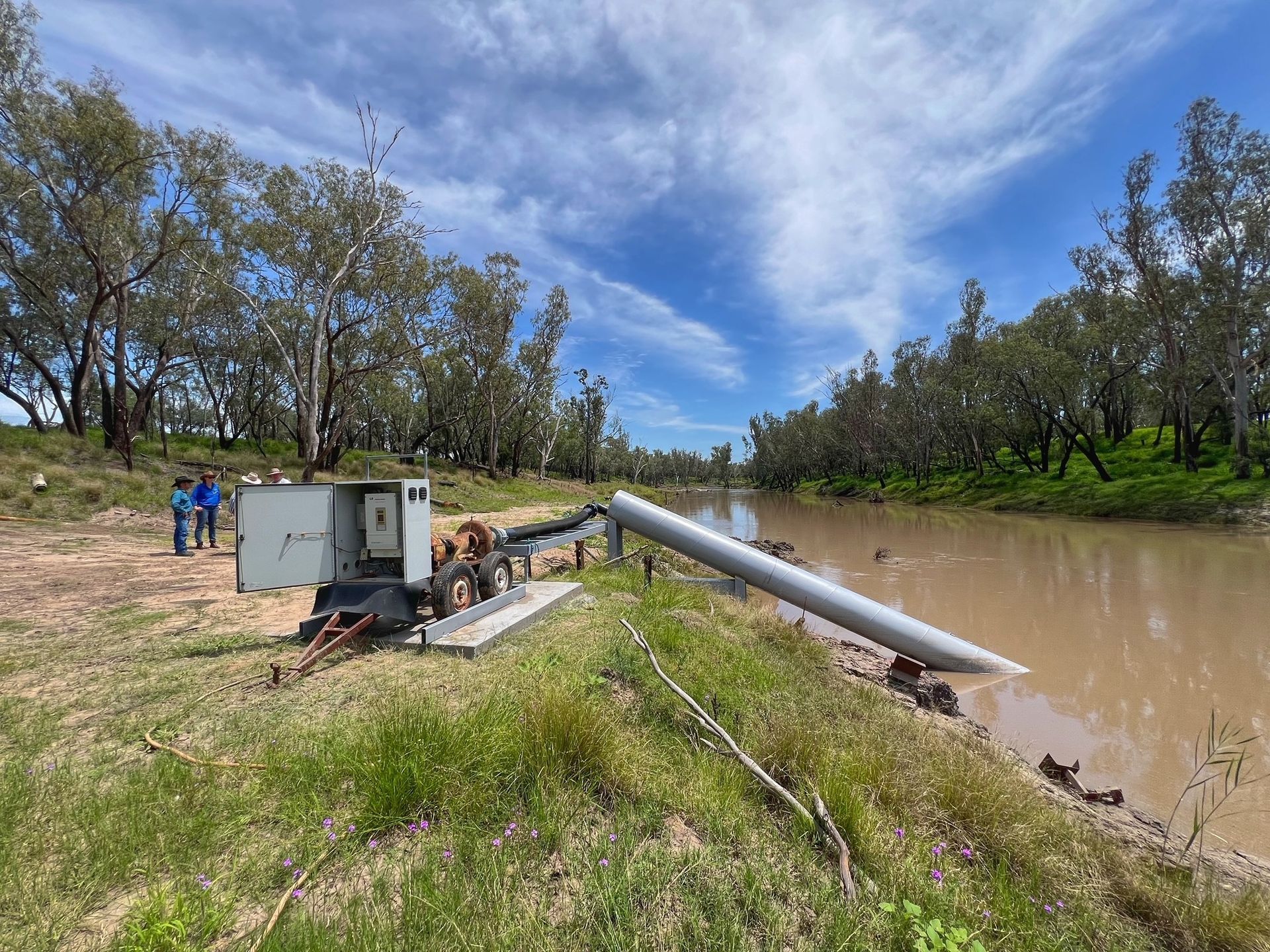By Kellie Stewart
It was a typical February morning after an evening of steady, soaking rain at Hodgson Vale near Toowoomba when I headed to the gauge to see how many millimetres we’d had overnight.
A good 25mm and some; and as I tipped the rain water out of the overflow receptacle a tiny frog slid out of the gauge and into my upturned hand.
It was about three centimeters long and beautifully mottled in camouflage browns and greys with very distinct yellow toe pads. I wondered how on earth it had gotten into the rain gauge; but it was so pretty I took it up to the house to show the kids.
We thought it was probably native but we weren’t sure; and we thought it could be pretty cool to see if we could find out what kind of frog it was; and maybe even learn what its call was like so we could keep an eye and ear out for any of his friends.
We have a large dam near the house and after good rainfall it is always a cacophony of frog calls, bleats, screeches and barks. And we wondered if this frog had strayed from the dam and which noisy call he and his friends were responsible for.
So we took a series of photographs hoping we might be able to get an identification. And when I got to work at Southern Queensland Landscapes I sent the photographs to Queensland Museum’s Discovery Centre and waited for a response.
Within the week we received the following email from Queensland Museum Information Officer, Steve Wilson:
“Your frog is a Slender Bleating Tree Frog (Litoria balatus). Interestingly, this frog was only described as a new species in 2021, even though it is common throughout south-eastern Qld,” Steve Wilson wrote.
“Up until last year, the Bleating Tree Frog (Litoria dentata) was assumed to be widespread from eastern Victoria to southern Queensland. However, using call analysis and genetics, scientists discovered there are actually three species involved; a northern, central and southern. The northern ones needed a new name, so this was published last year,” he said.
“It just goes to show how new species are not always discovered by expeditions to remote places. They can be discovered by having a closer look at what is under our noses.”
We were rather tickled to learn that this handsome little fellow was a Slender Bleating Tree Frog and only newly described as a species in its own right in 2021. We were also further surprised to to discover that he is one of Australia’s loudest frogs which explains why we can’t hear the television over the bleating following rain.
To read about how scientists used frog calls and DNA to discover that the loudest Australian frog is not one…but three different species including our Slender Bleating Tree Frog, click here: https://newsroom.unsw.edu.au/news/science-tech/surprise-discovery-two-new-very-loud-frog-species
To listen to their calls and to download a FREE frog app click the links below:
https://australian.museum/blog/amri-news/bleating-or-screaming/
Many thanks to Queensland Museum for their Discovery Centre service. If you have a frog or other native animal you want identified, visit:
https://www.qm.qld.gov.au/Explore/Find+out+about/Ask+an+Expert/Ask+a+Question
